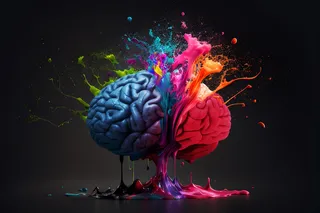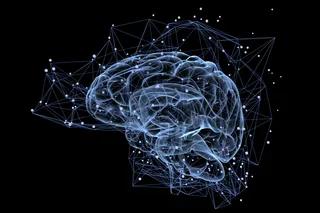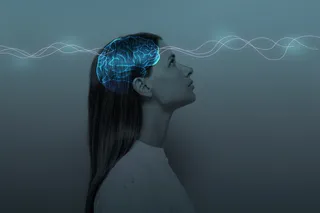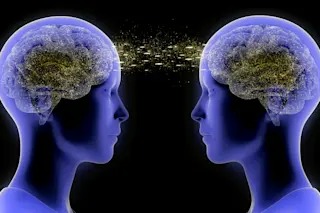Have you ever felt a tingling sensation sweep across your head and neck as someone brushes your hair or speaks softly to you? If so, you probably fall among the 20 percent of people who experience Autonomous Sensory Meridian Response (ASMR).
Because it is pleasurable and relaxing, some people watch YouTube videos that induce the sensation through sounds and visuals. But despite its popularity online, researchers still do not know how it works. Now, a team claims to have generated ‘artificial’ ASMR audio for the first time, made entirely without natural sound. This, they say, could help us understand how sound causes tingles.
A team of researchers analyzed recordings of classic ASMR ‘trigger’ sounds to begin the study. Keyboard typing, or breathing are examples of these triggers. The clips all showed a cyclic frequency pattern, which the team replicated using machine learning to form completely electronic, non-natural sounds.
“We suddenly ...














